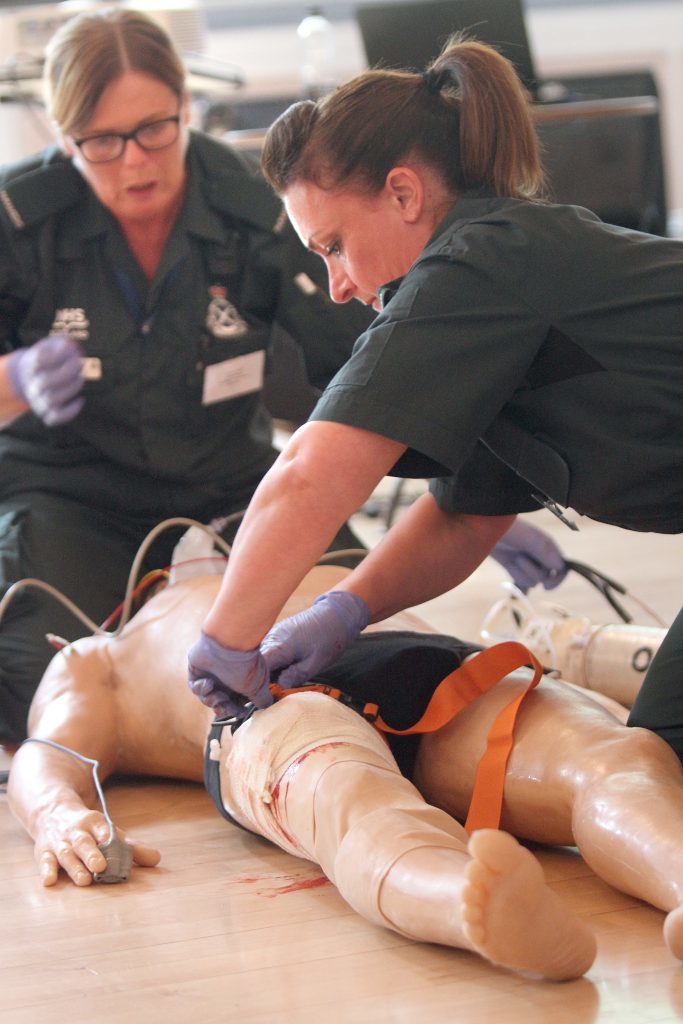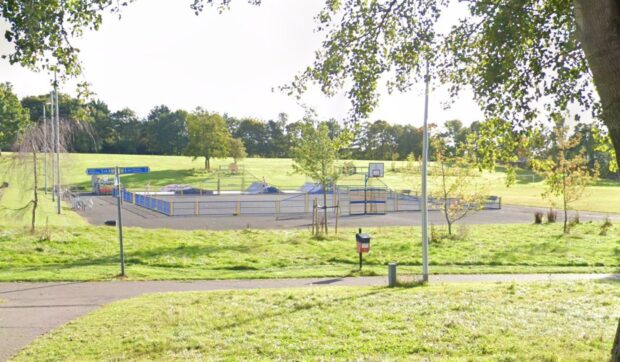The Scottish Ambulance Service is facing challenges combating long-term absence among staff, according to its chair.
The service held its annual review in the Caird Hall on Friday afternoon, with members of the public and service staff being given the chance to ask questions of the board and the cabinet secretary for health and sport, Shona Robison MSP.
Attendees were also given a demonstration by the Tayside Trauma team, who gave an explanation of how they would treat a severely injured male involved in a road traffic accident.
The demonstration was to illustrate how the ambulance service is constantly evolving with new protocols and technology.
The report, which was delivered by Scottish Ambulance chair David Garbutt, revealed the service had already achieved its efficiency savings for the year, which had been set by the Scottish Government.
Savings were made by reducing the overtime budget, something Mr Garbutt believed would help reduce absences related to stress, anxiety and depression in the long term.
An audience member, via the live web broadcast, asked the board for a figure on absence levels as a result of stress, but chief executive officer Pauline Howie was unable to produce one.
It is understood more than 4% of staff are absent long-term.
The review highlighted efforts the Scottish Ambulance Service making to reduce stress, anxiety and depression-related absences after piloting a mindfulness training programme for staff, as well as providing management training in relation to general sickness absence.
The main cause of long-term absence in the service was identified as muscle and skeletal issues, with the physical demands of the job being singled out as a major contributor.
Mr Garbutt said: “Long-term absence is still a significant concern.
“Musculo-skeletal injuries are the main issues concerning absence, because of the demands of the job. This is not much different to other ambulance services in the UK.
“Our mindfulness training scheme has helped staff with anxiety and depression issues, but there is still more to do.
“Our absence levels are of concern, but looking at benchmarks across other ambulance services in the UK, we are not the highest.”
It is also believed that the £78 million being invested into the service – a large amount of which will go to upgrading ambulances and other vehicles – will help reduce long-term absences because of the technology which will be installed in them.











